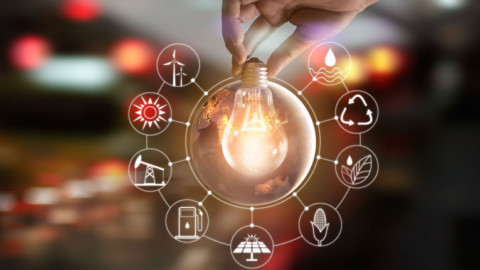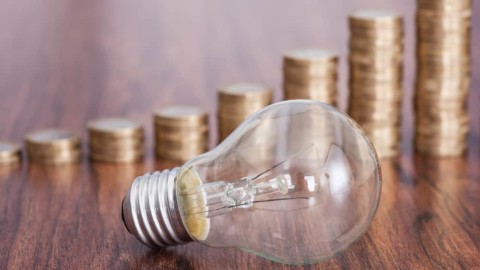Australia is set to export its first shipment of liquid hydrogen from Victoria to Japan, following the arrival of the specially-built Suiso Frontier carrier as part of the Hydrogen Energy Supply Chain (HESC) pilot project.
The hydrogen will be produced from local brown coal, with carbon dioxide from this process to be captured and stored in the CarbonNet project’s offshore reservoir in Gippsland.
Australian Prime Minister, Scott Morrison, said the HESC project aims to produce 225,000 tonnes of hydrogen each year in the Latrobe Valley.
“A successful Australian hydrogen industry means lower emissions, greater energy production and more local jobs,” Mr Morrison said.
“The HESC project is key to both Australia and Japan and our hydrogen industries.
“In addition to our government’s support for HESC, we have recently established the Australian Clean Hydrogen Trade Program and committed up to $150 million to the first round that will focus on clean hydrogen supply chains with Japan.
“Last year, our countries affirmed our mutual ambitions and desire to work together to advance the development of low-emissions technologies when we agreed to the Japan-Australia Partnership on Decarbonisation through Technology.
“This project demonstrates the benefits of that cooperation.”
The Federal Government has announced $7.5 million to support the next $184 million pre-commercialisation phase of HESC.
The Federal Government is also committing $20 million for the next stage of the CarbonNet project.
This funding is contingent on additional commitments from the Victorian and Japanese Governments, and the HESC business partners.
This brings the Australian Government’s total commitment to the HESC project to $57.5 million (leveraging $8 dollars for every Commonwealth dollar invested).
It is estimated the 225,000 tonnes of carbon neutral liquefied hydrogen (LH2) produced by HESC in a commercial phase will help reduce global emissions by around 1.8 million tonnes per year, or the equivalent of emissions from 350,000 petrol cars.
Federal Minister for Industry, Energy and Emissions Reduction, Angus Taylor, said the arrival of the Suiso Frontier was an important milestone for Australia’s technology-led approach to reducing emissions.
“The HESC project and the arrival of the liquefied hydrogen carrier today cements Australia’s position as a world leader in hydrogen,” Mr Taylor said.
“We look forward to continuing to work with the HESC partners and Japan through the Government’s new commitments to the next phase of both the HESC and CarbonNet projects.
“The HESC project has the potential to become a major source of clean energy which will help Australia and Japan both reach our goals of net zero emissions by 2050.
“Not only this, but the HESC project is delivering jobs and economic activity for Victoria, with a clean hydrogen sector potentially able to generate more than $50 billion in additional GDP by 2050.”
Federal Minister for Resources and Water, Keith Pitt, said the HESC project combined a number of technology elements, including a new way to use Latrobe Valley coal.
“The HESC project demonstrates the importance that Australian resources, such as local Latrobe Valley coal, will have in the development of new low emissions industries,” Mr Pitt said.
“The development of HESC and CarbonNet will build on Australia’s reputation as a safe, stable and reliable exporter of resources and energy to the world, including throughout the COVID-19 pandemic.
“Australia’s resources and energy exports are estimated to reach $379 billion in the current financial year and to continue to support Australia’s economic growth and jobs, particularly in regional Australia.”
The Federal Government is investing more than $1.3 billion to accelerate the development of Australia’s hydrogen industry, including $464 million to develop clean hydrogen industrial hubs in regional Australia, including a potential hub in the Latrobe Valley.

















what is the cost per tonne? How does this compare to Solar Electrolosis?
I am still to be convinced that carbon dioxide sequestration can be economically implemented to give long term environmentally safe storage.
If hydrogen is to be an energy transport mechanism the focus has to be on production from renewable energy.